目次~Table of Contents
Location and History
Huge Battle Castle for invasion of Korea
Hizen-Nagoya Castle was a battle castle to support for the invasion of Korea by Hideyoshi Toyotomi, located in the northwestern part of Kyushu Island. Hideyoshi is known as for the ruler who achieved his the unification of Japan in the late 16th Century. He completed it to by defeating the Hojo Clan at Odawara Castle, known as the siege of Odawara in 1590. However, soon after the unification, he declared he would conquer China and ordered the lords throughout Japan to prepare for it in 1591. Many lords and warriors under him also supported his plan to get more territory. They were not able to get new territory in Japan after the unification because there were no more battles.
The location of the castle
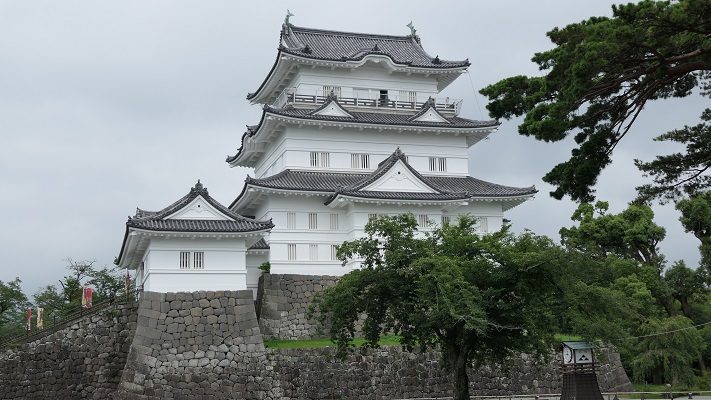
Hideyoshi also ordered the lords to build a battle castle on Kyushu Island near Korea, known as Hizen-Nagoya Castle. Battle castles were basically used only once and usually simple. Hideyoshi once built another gorgeous battle castle known as Ishigakiyama Castle during the siege of Odawara. However, Hizen-Nagoya Castle was much larger and stronger; it was the second largest just after Hideyoshi’s home base, Osaka Castle. The construction of the castle, divided among the lords, took only 8 months. About 120 lords gathered and also built their own military positions around the castle. The place where the castle was built had originally been a fishing village. However, it became one of the largest cities in Japan in a very short time. Nearly 200,000 soldiers were sent from the castle city to Korea, and over 100,000 people stayed in the city.
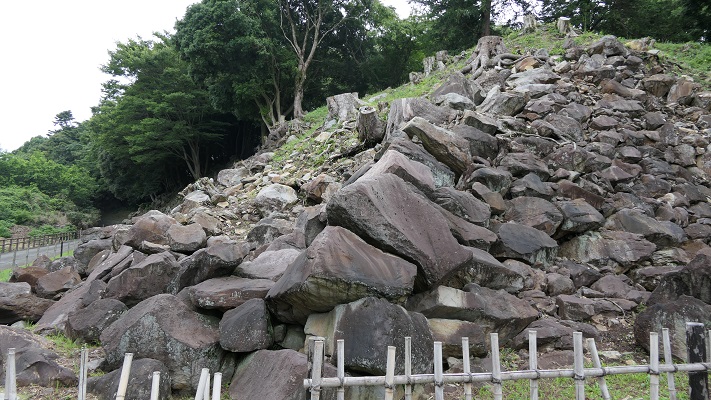


Gorgeous and strong castle
Hizen-Nagoya Castle had the Main Enclosure with the five-layer Main Tower and the Main Hall at the highest position. Five routes led to the caste. The main ones were the Main Route, the Back Route and the Yamazato Route. The Main Route went from the south to the Third Enclosure in the east of the Main Enclosure via the Eastern Barbican Enclosure. The Main Gate of the Main Enclosure led to the Third Enclosure. The Back Route started from the outside of the Second Enclosure in the west of the Main Enclosure. However, the route did not go to the Main Enclosure directly, and it went south of it to the Third Enclosure in the east. Some historians speculate the Back route should have been the actual Main Route because it is more defensive. The Yamazato Route led to the Yamazato-maru Enclosure, lower and north of the Third Enclosure. Hideyoshi’s residence with a tea-ceremony house was built in the former. All the enclosures were surrounded by high stone walls, which made the castle strong and showed Hideyoshi’s authority.



Long battle and Breakdown after Hideyoshi’s death
The invasion of Korea started in 1592. That was originally for the conquest of China, but eventually caused a battle with Korea, because of the country was on the way to China. The Japanese Army at first occupied most of Korea instantly. Hideyoshi stayed and instructed the army from Hizen-Nagoya Castle. He was very pleased to hear the good news and even planned how he would divide China and Korea. However, the battle line was stuck in the southern part of Korea due to the reinforcements sent by the Ming Dynasty of China and the countermeasures taken by the Korean volunteer soldiers and navy. In 1593, envoys from the Ming Emperor came to this castle for the cease-fire negotiations.

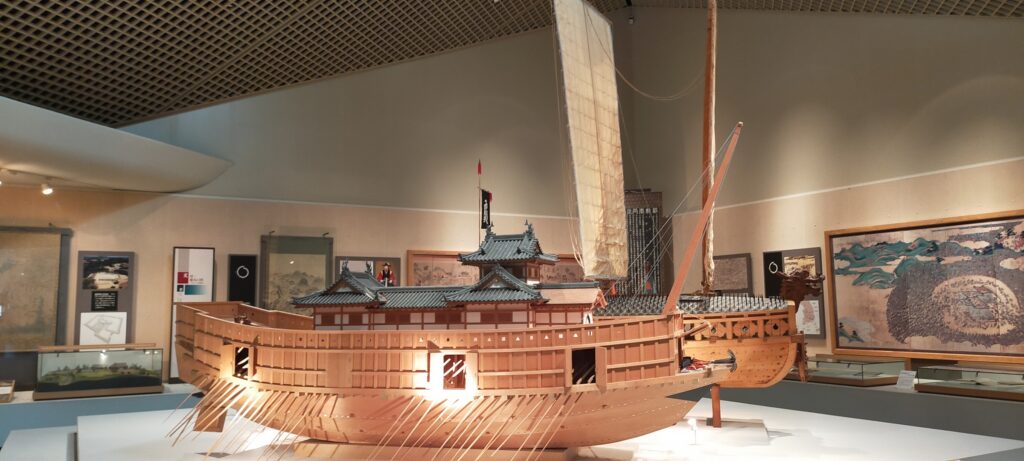
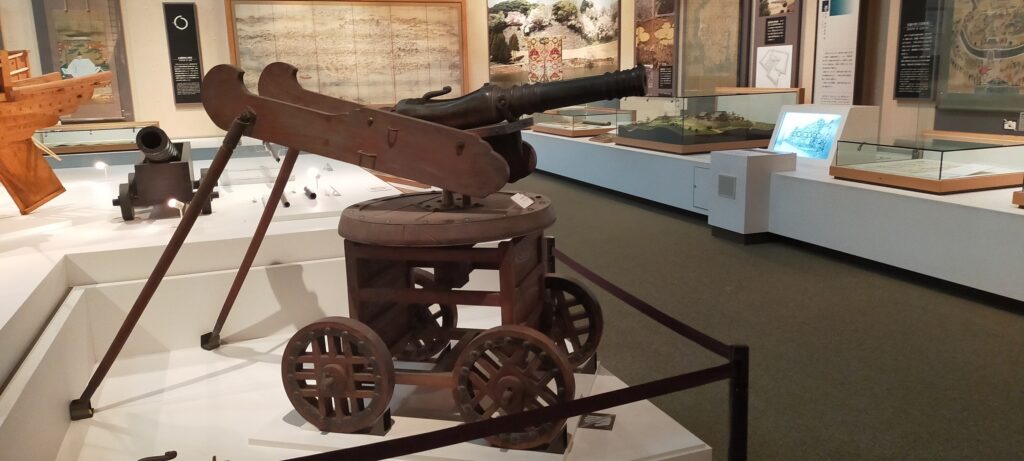
The negotiations continued for a long time, however, they failed. The war resumed in the southern part of Korea in in 1597. The unmotivated Japanese Army had to fight the useless war with the Ming Military. Many innocent Korean people were also killed. The Japanese Army finally withdrew from Korea immediately after Hideyoshi’s death in 1598. The failure of the war sped up the destruction of the Toyotomi Clan and the foundation of the Tokugawa Shogunate. Hizen-Nagoya Castle was abandoned at the same time and returned to a quiet place.



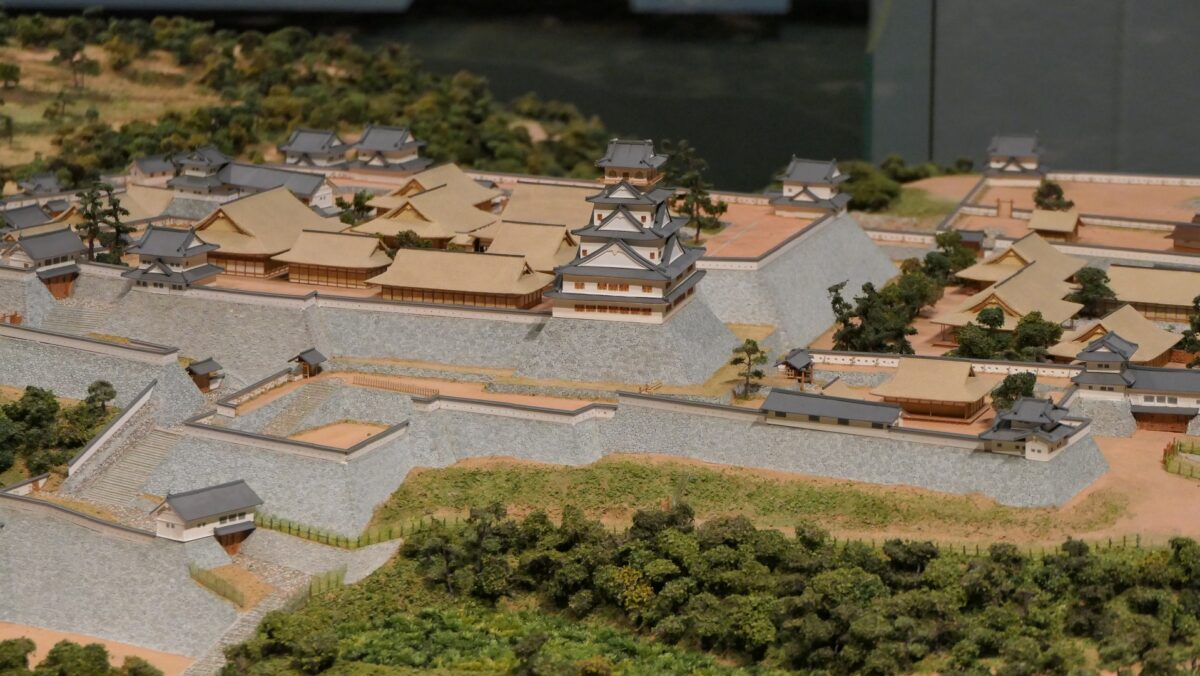
「87.Hizen-Nagoya Castle Part1」への2件のフィードバック